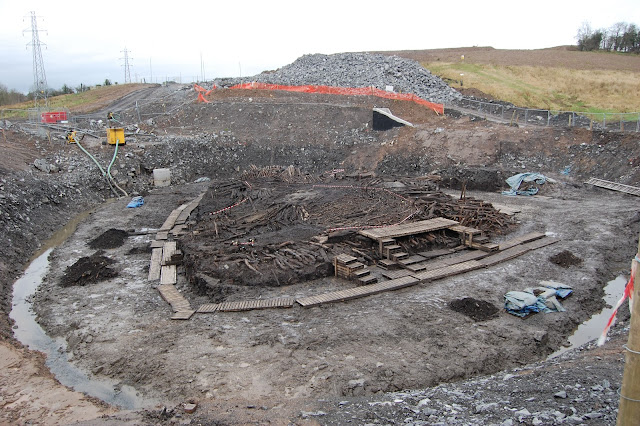Thanks for reading! | The Top 10 Posts of 2015

We’re in the last days of 2015 and I just wanted to take a moment to say a sincere Thank You to everyone who has read and supported this blog over the last year. I enjoy writing for this blog, but there would be little point in continuing if there were no readers. So, thank you all for bearing with me and supporting my work. Going by the numbers, the following have been the ten most read pieces from the last 12 months. Inevitably, the crannog at Drumclay figures prominently, with two entries on the list. I'm afraid that this will be the case for 2016 too as there is much work to be done to secure answers and positive change from Government departments that seem more keen on pretending that all is well (who would have guessed it?). Thankfully, the rest of the list covers a broad selection of topics from aspects of data analysis (Ashley Madison & company accounts) to lightweight photo-essays (The Floral Hall & Poulnabrone), along with my IR&DD research project, a re



